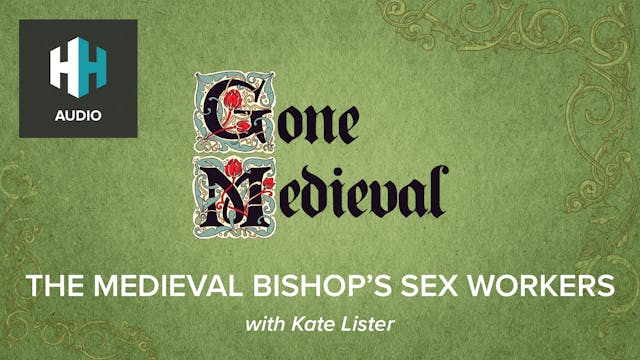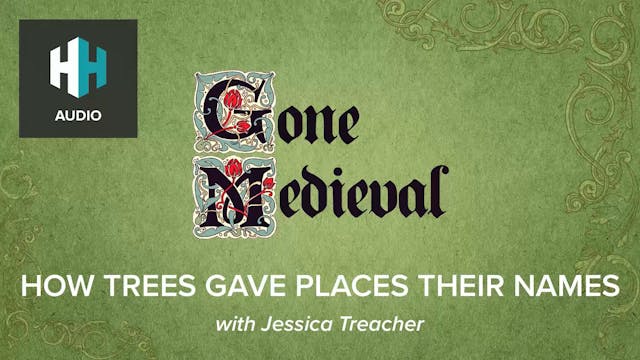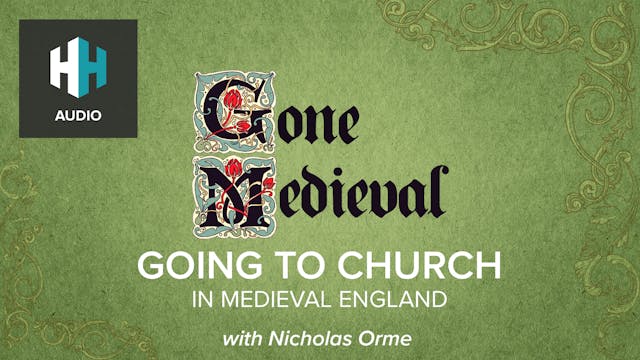The first of Greenland’s Viking settlements were established in the tenth century. But by the fifteenth century, they had all but vanished, their fate confounding generations of archaeologists. But new research has revealed that it was the trade in walrus ivory that was behind both their prosperity and decline.
In this edition of Gone Medieval, Dr. Cat Jarman talks to Professor James Barrett, to discuss an enterprise that traversed East and West, but ultimately crashed as stocks ran out and elephant ivory became more accessible.
The Senior Producer on this episode was Elena Guthrie. It was edited by Thomas Ntinas and produced by Rob Weinberg.
For more Gone Medieval content, subscribe to our Medieval Mondays newsletter here: https://www.historyhit.com/sign-up-to-history-hit/?utm_source=timelinenewsletter&utm_medium=podcast&utm_campaign=Timeline+Podcast+Campaign
Up Next in 🎧 Gone Medieval
-
🎧 The Medieval Bishop’s Sex Workers
Outside Medieval London’s city walls, Southwark was a land without rules. It was the place where people went to indulge their love of theatre, watch bear baiting and visit brothels. It was also under the control of the Bishop of Winchester.
In this edition of Gone Medieval - originally released ...
-
🎧 How Trees Gave Places Their Names
Trees have been universally important to humanity throughout history - not only as the source of fruits and nuts, but also wood for tools, weapons and buildings, and fuel for transport. So integral were trees to early Medieval society that their names were used for places throughout England - suc...
-
🎧 Going to Church in Medieval England
Parish churches were at the heart of English social life in the Middle Ages. But how did they come into existence? Who staffed them? And how were the buildings used?
In this episode of Gone Medieval, Matt Lewis talks to Professor Nicholas Orme, whose new book Going to Church in Medieval England...




1 Comment